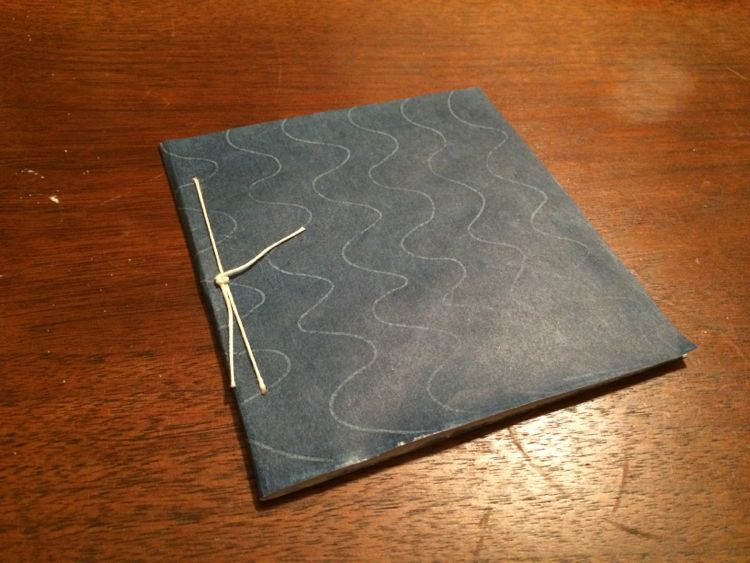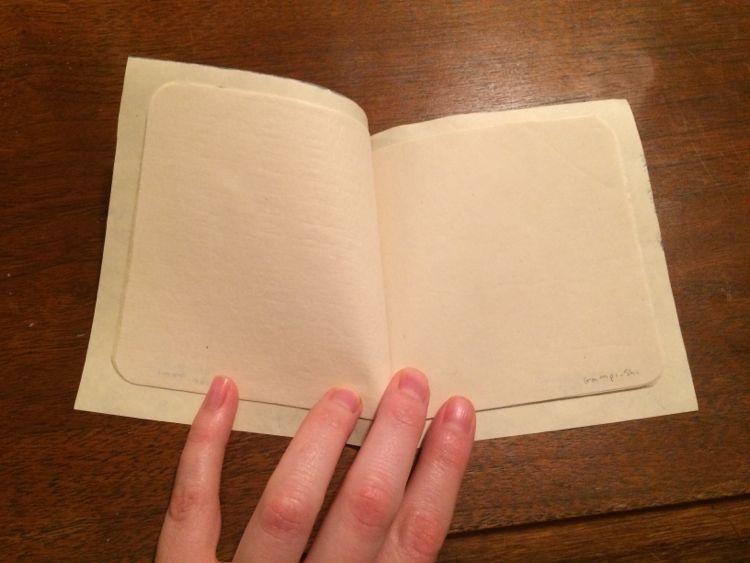Japanese papers and tissues are used extensively in book and paper conservation; they are used to mend tears, fill losses, back or line weak or brittle papers, line spines and perform innumerable other conservation repairs. These papers originated in Japan (as I’m sure you’ve guessed) and are mostly made from kozo fibers from the paper mulberry tree. They come in a variety of thicknesses for different needs, and some are thin enough to be translucent and are ideal for mending over text or images. Japanese papers are soft and flexible and do not become brittle or discolored over time so they are especially appropriate for conservation. But the most important trait of Japanese tissue is its strength – due to the long kozo fibers these papers are very strong. Deceptively strong. Even the thinnest tissues are useful for mending tears and lining brittle pages, often times creating almost invisible repairs.
I was introduced to Japanese papers at my first conservation internship during college. I spent the summer repairing larger-than-life stained glass window templates by Rudolf Buenz at the Winterthur Museum in Delaware. The sketches had been kept rolled up in a garage since the 1960s and their edges were crushed and tattered.
My internship advisor, knowing that if we kept on the conservation track Japanese tissue would become our lifeblood, had us make a sample book of all of the lab’s tissues. Being a very well stocked lab, there are 15 papers in my original sample book. This may sound like a nothing task and at the time it didn’t feel that I was doing something very important, but in all honesty I still consult this book today.
I think all conservators have their favorite go-to tissues, two or three different weights that we use for different tasks. But sometimes when you’re faced with a different type of challenge it’s good to have all of your options at hand, right in front of you in a little booklet, where you can feel the weight, texture and color of each and choose the one that’s best for your task. Whenever I encounter a new tissue I take a small sample and label it (seriously, don’t forget to label it, otherwise it’s useless) and add it to my collection – it’s one of the best tips I can give to any new conservation student.




Enjoyed your coverage of Japanese papers for repair work. As a supplier of bookbinding materials as well as a bookbinder I have quite a nice collection to work with and they are very special.
I do a lot of repair both reparing hinges and paper repair work. I find them strong and easy to use.